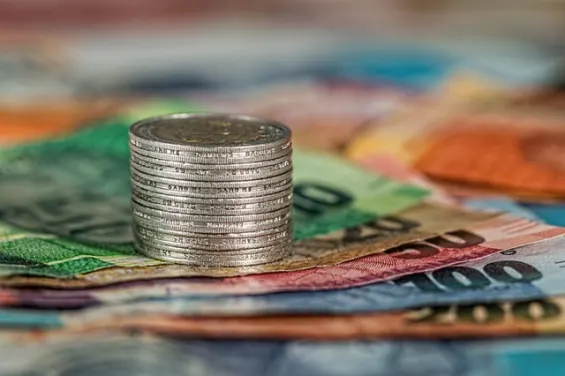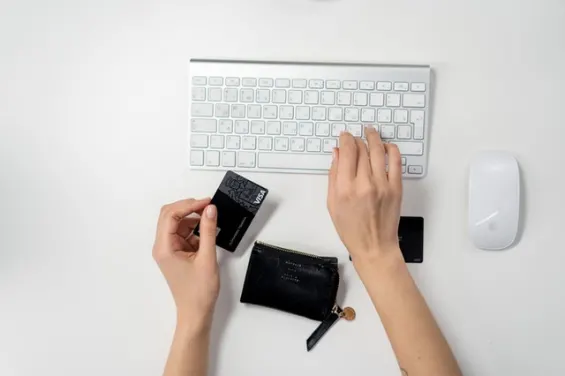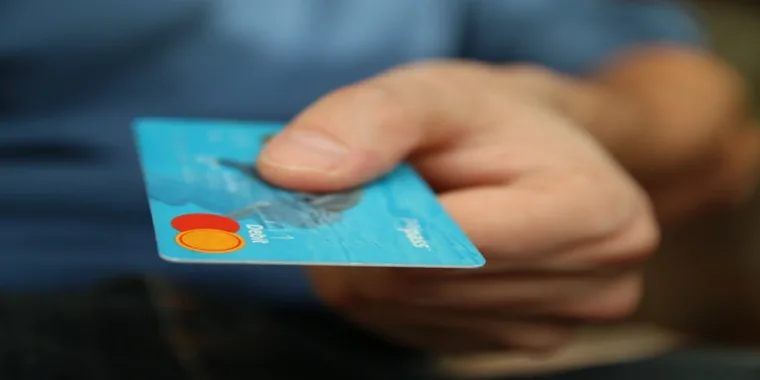See the following links if you'd like to skip to specific sections.
Do you still remember over-the-counter bank transactions? When was the last time you went to the bank to deposit and withdraw? For most of us, online banking is the norm we take for granted.
We needed to check if our salaries came in. We open the banking app and check if the money's already in our accounts. If we need to transfer money to someone else or pay a bill, there are literally hundreds of ways to do that.
We can log in on the utility company's app and pay there. We can use our own accounts to send payments to the company. The variations and options are endless.

But you do know that it was nothing like this before, right? Your parents and grandparents had to troop to the bank to fill up a deposit or withdrawal slip and submit that to the teller along with a printed passbook.
Yes, it is not the kind of bank statement your bank sends to your address from time to time. Thankfully, people did not have to deal with the prospect of facing another person to make a deposit or withdrawal.
That would not have survived under the coronavirus pandemic.
Financial institutions have never been more focused on offering great online services to its customers. They push for their products on various social media channels.
They even outsource their digital marketing campaigns to known marketing companies in the industry to reach as many audiences as they can.
The competition, too, has never been tougher. Smaller banks have been gaining traction and running after the bigger banks' money.
A Short History of Online Banking
The term online banking has been around since the early 1980s, but it was not until the late 80s that it made its mark.
The process, of course, was vastly different from today. Back then, customers must use a terminal, keyboard, and computer monitor to transact with the bank via a landline telephone.
New York City was the first city to test internet banking in 1981. At least four of its major banks, including Citibank and Chase Manhattan, tried if home banking is possible for their customers. That fizzled out and did not gain momentum at all.

It was in the mid-1990s when financial institutions gave internet banking a try again. Stanford Federal Credit Union was the first institution to offer internet banking to all its customers.
By 1995, Presidential Bank offered its customers access to their accounts online. Banking was never the same again.
Although many customers were hesitant at first for security reasons, about 80% of banks in the United States offered online services by 2000. Then, in 2001, Bank of America gained over three million online banking customers.
That was 20% of its total customer base.
Today, internet banks (with no physical location) are on the rise. You can open accounts with these banks via online mechanisms. You will submit documents online, too. There was a time when banks like these would not have survived the questions surrounding its security.
Technology, however, made customers trust banking institutions. Can you imagine having to transfer money to someone today without internet banking?
The Latest Features to Emerge
Even as you read this piece, banks are trying to develop new features that will attract more customers to sign up for an account.
During the pandemic, the fact that banks are operating online in full made it possible for the industry to survive.
People do not have to worry about accessing their accounts and paying the bills. They can do so from the comforts of their banking apps.

Some of the latest features of online banks are their ability to process check deposits and process loan applications virtually.
Making their services available to their customers wherever they might be in this world is one thing that allowed banks to be truly globalized.
With today's financial institutions, territorial borders are lines on a map. Money can cross borders through online banks and online payment systems such as PayPal and Payoneer.
Their corresponding apps allow the transfer of money anywhere in the world. They are the electronic alternative to traditional paper methods like checks and money orders.
What would have been today like if people did not have access to online banking? Would consumerism be as massive as it is now? Will retail stores be able to grow if customers cannot pay for their purchases online?
It would have been a different world, especially as businesses now try to survive a pandemic that caused people to retreat to their homes and use only the internet for bills payments, deliveries, and shopping.
Read Next
The following articles are related to the evolution from over-the-counter to online banking.







Really insightful article. Amazing transformation of digitization in banking industry